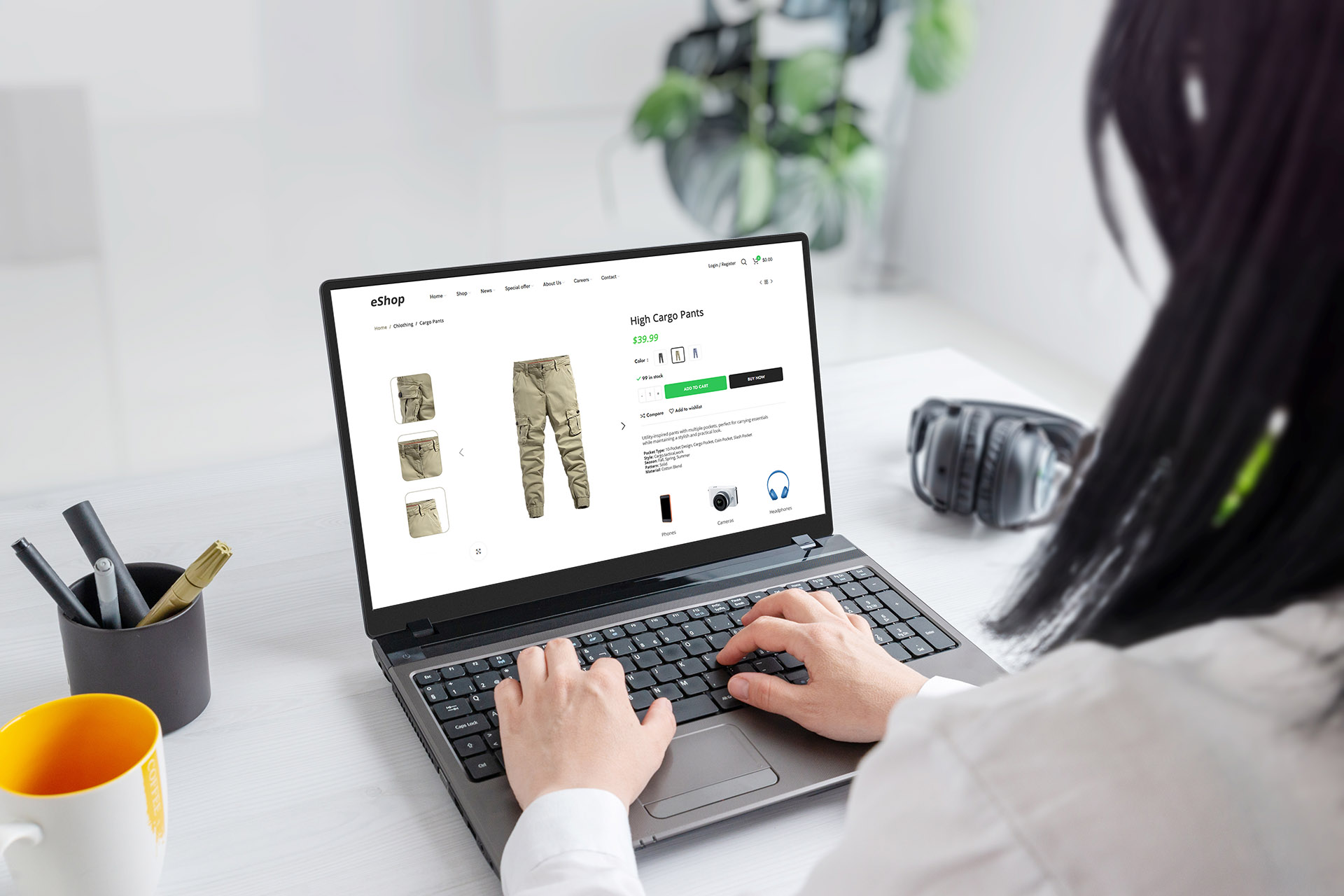How Are Shopping Ads Created?
In the modern digital age, online shopping has become an integral part of our daily lives. As consumers increasingly turn to e-commerce platforms, businesses must adapt their marketing strategies to stay competitive. One effective tool in their arsenal is shopping ads, which can significantly boost visibility and drive sales. In this article, we will explore how shopping ads are created, providing you with a comprehensive guide to harnessing the power of these advertisements.
Understanding Shopping Ads
Shopping ads, also known as product listing ads (PLAs), are a type of online advertisement that prominently displays product information and images to potential customers. These ads typically appear at the top of search engine results pages or on various websites and social media platforms. They allow businesses to showcase their products directly to interested buyers, providing a seamless shopping experience.

Step 1: Setting Up a Merchant Center Account
To create shopping ads, businesses need to start by setting up a Google Merchant Center account. This platform serves as the central hub for managing product data, inventory, and feeds. Through the Merchant Center, you can create a product feed, which is a structured data file containing essential information about your products, such as titles, descriptions, prices, and availability.
To create shopping ads, you must have access to your domain registrar. First, you need to verify your ownership of the domain name and then claim it for use in the Merchant Center.
Step 2: Structuring the Product Feed
Creating a well-structured product feed is crucial for the success of your shopping ads. On most platforms, such as Shopify, your product feed is automatically generated, so you only need to connect your Merchant Center account.
Step 3: Linking Merchant Center with Google Ads
Once you have set up your Merchant Center account and structured your product feed, the next step is to link it to your Google Ads account. This integration allows you to manage your shopping campaigns directly from Google Ads. By linking the two accounts, you can leverage advanced advertising features, set bid strategies, and monitor campaign performance.
To access the Account Linking settings, navigate to Settings and Ads, and click on Account Linking. Make sure you have a 10-digit Google Ads ID, and ensure that you are logged in using an email address that has administrative access to both Merchant Center and Google Ads.
Step 4: Creating Shopping Campaigns
Within Google Ads, you can create shopping campaigns, which serve as the container for your shopping ads. When setting up a campaign, you’ll define the campaign’s budget, location targeting, bid strategy, and other relevant parameters. You can also segment your products into product groups, allowing you to organise and optimise your campaigns based on specific attributes, such as brand, category, or price.
To begin setting up a new campaign, follow these steps:
- Sign in to your Google Ads account.
- Locate and click on the “+ New campaign” button.
- Choose the Sales objective from the available options.
- Proceed to set up a conversion goal for your campaign.
- Select your campaign type
You can choose between Performance Max or Shopping campaign. Performance Max campaigns are designed to optimise performance across multiple Google networks, utilising machine learning to deliver ads in various formats. On the other hand, Shopping campaigns focus specifically on promoting and selling products. In this example, we will provide guidance on setting up a Shopping campaign.

Choose your merchant center account and opt for the “Standard Shopping” campaign subtype.

Next, provide a campaign name, select “Target ROAS” as your bid strategy, and enter your desired ROAS (Return on Advertising Spend).

If you prioritise efficiency over reach, you can deselect the Search Partners option and exclude YouTube, Gmail, and Discover from your campaign. However, it’s worth noting that both of these network options have shown positive outcomes, so if you prefer a slightly more aggressive approach, you can leave these boxes checked.

Lastly, create your ad group by providing a name.
Step 5: Optimising Product Data and Campaign Settings
To maximise the effectiveness of your shopping ads, it’s crucial to optimise both your product data and campaign settings. Ensure that your product titles and descriptions are accurate, compelling, and relevant to users’ search queries. Use high-quality product images that showcase your products in the best possible light. Additionally, consider adjusting your bids, adding negative keywords, and utilising campaign priority settings to fine-tune your campaigns and reach your target audience effectively.
Step 6: Monitoring and Analysing Performance
Once your shopping ads are live, it’s essential to continuously monitor and analyse their performance. Use the reporting tools available in Google Ads to track metrics such as impressions, clicks, click-through rates (CTRs), and conversions. This data can provide valuable insights into the success of your campaigns, allowing you to make data-driven optimizations and drive better results.
Expert Google Shopping PPC Management
Our team of skilled professionals is dedicated to maximising the performance and profitability of your online campaigns. We understand the intricacies of Google Shopping and stay up to date with the latest trends and strategies to ensure your products reach the right audience at the right time. Let us take the burden of managing your PPC campaigns off your shoulders so you can focus on growing your business. Partner with Netzoll today and experience the power of effective PPC management for driving sales and achieving your business goals.

